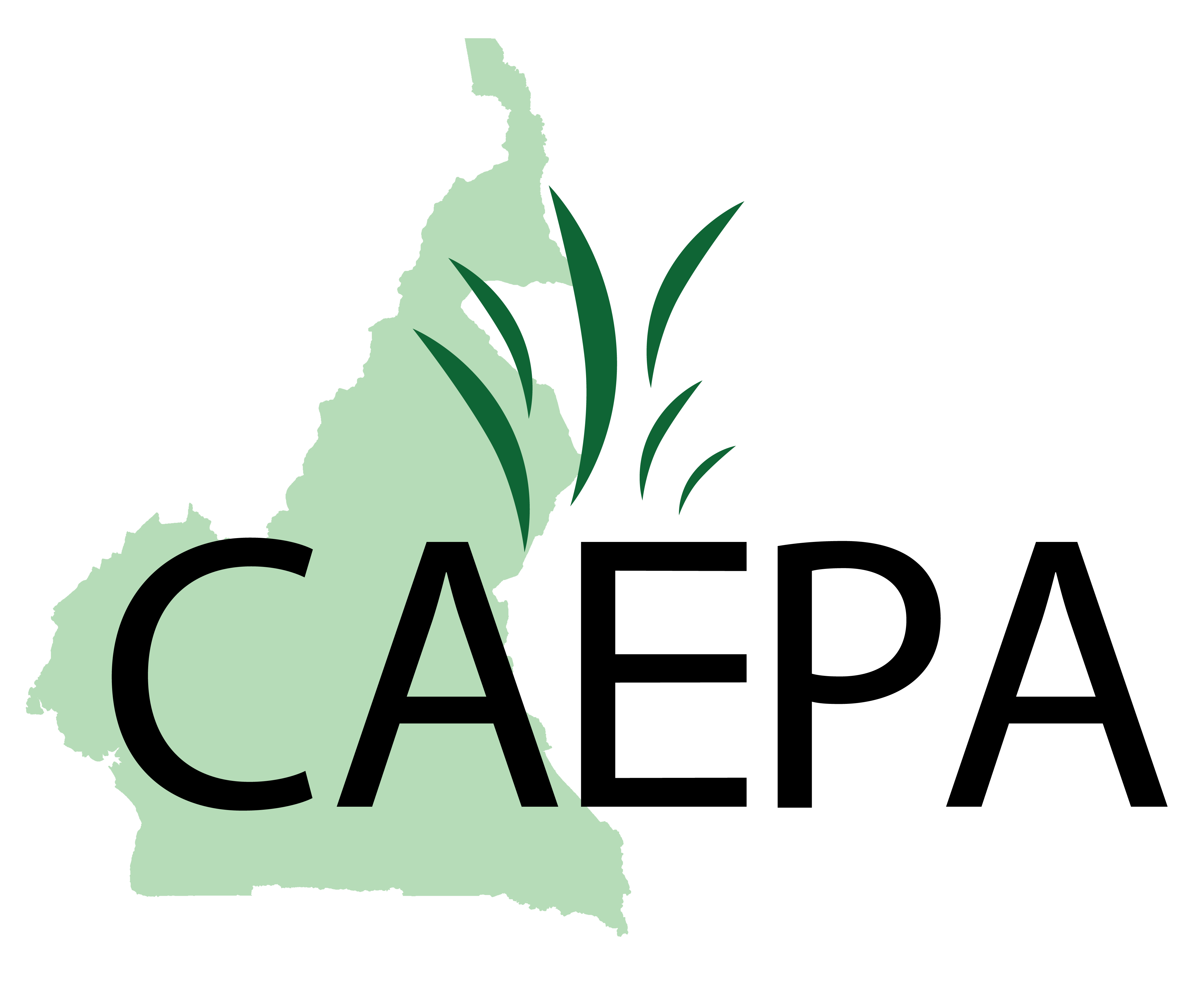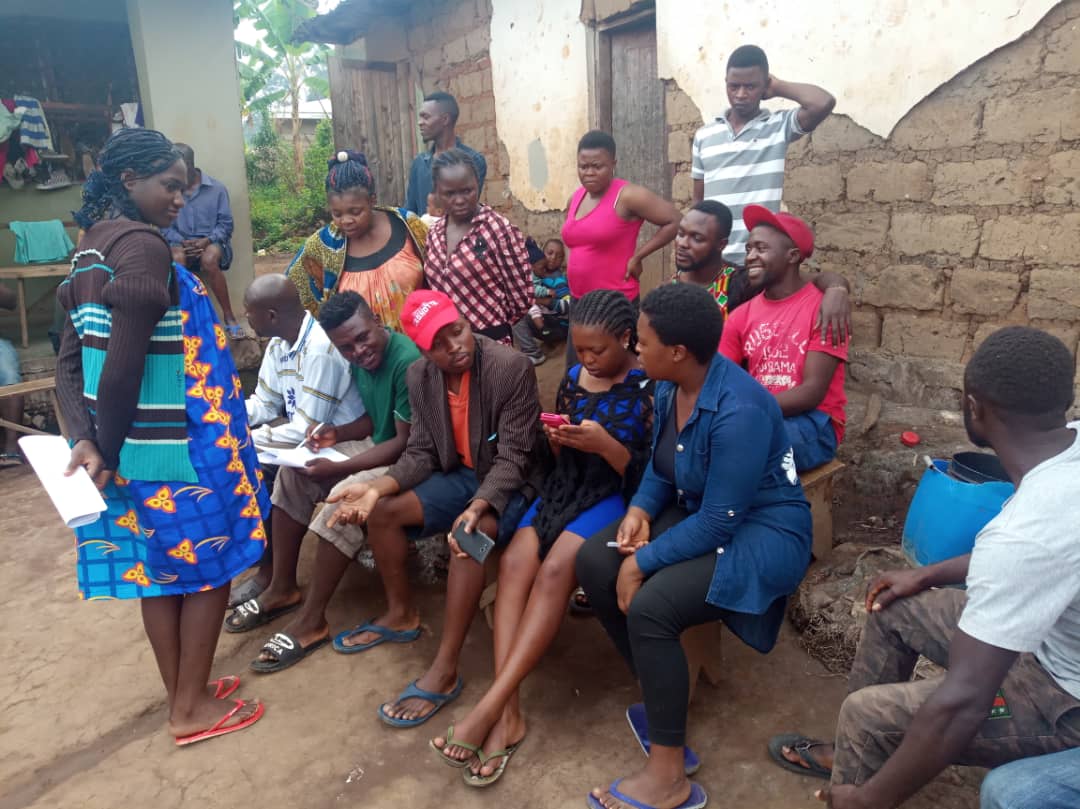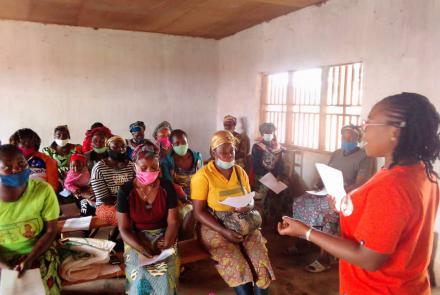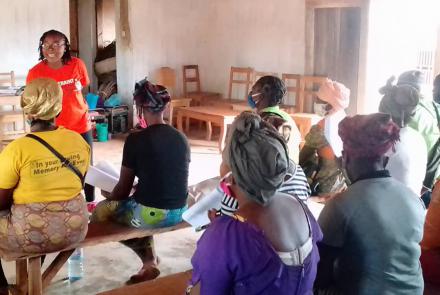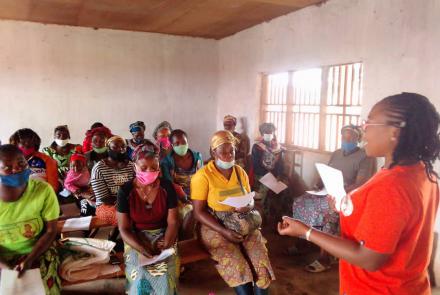Local Community Outreach: Water Catchment Protection in the Balikumbat Region
In November 2011, CAEPA developed a project to improve the living conditions of the population of Balikumbat through enhanced protection of three critical water catchment areas in Balikumbat, Baligashu and Baligansin. Water catchment areas collect rain and water run-off and provide clean water for drinking, irrigation and agricultural use. Catchments also provide healthy habitats for animals and vegetation and support agricultural and industrial opportunities. Ensuring clean and safe water access is imperative to the health and livelihoods of local communities in Balikumbat.
This project began with numerous water catchment sensitization workshops held in religious houses, religious groups, socio-cultural associations, hospitals, and sporting activities, reaching 16,500 community members. Field staff created 500 posters per community to reinforce the workshop objectives and provide the public with water catchment materials to read and share. As a result, residents increased their understanding of the necessity for protecting the water supply and created a local community network and three local water governance committees to monitor and press for improvements in catchment protection.
CAEPA and the Balikumbat Council visited the three catchment sites for demarcation and discovered extensive degradation. Along with establishing fire tracing paths and installing fencing, the Council issued an order banning farming, grazing and deforestation activities around catchment areas – a critical first step to safeguarding these important zones. CAEPA field staff, in collaboration with a GPS consultant, mapped the coordinates of each of the eight existing water catchments and conducted a baseline scan that detected an increase in cases of the water-borne disease during the dry season. In each of the three communities, CAEPA also created tree nurseries and trained community members on nursery development and management. A total of 60,000 flood-resistant trees (20,000 from each community) were transplanted to the three catchment sites to replenish deforested sections.
During the final evaluation of the project in October 2012, CAEPA determined that the three water catchment areas were successfully protected and that fencing construction, water-friendly tree planting, and farming and grazing prohibition all served to reduce evaporation and increase the water table, ensuring the availability of year-round potable drinking water to Balikumbat, Baligashu, and Baligansin. Through education on sustainable agroforestry practices, both chemical (insecticide and fungicide) and natural (animal waste run-off) surface water pollutants were reduced, improving surface water quality. Additionally, the incidence of water-borne disease reduced by approximately half for the six-month period of May to October 2012 as compared to the previous six-month period. Women who had to trek long distances to access safe drinking water were now able to obtain clean water from their local catchment areas.
With the partnership established between CAEPA and the Balikumbat Council, CAEPA will continue to provide technical expertise to the Council in the management of catchment sites and will plan additional WASH services in this region to support the local population in promoting and maintaining water hygiene.
CAEPA is extremely grateful to all partners who donated to this project and extends a special thank you to the New England Biolabs Foundation, which provided the majority of grant funding necessary to carry out these invaluable activities.
